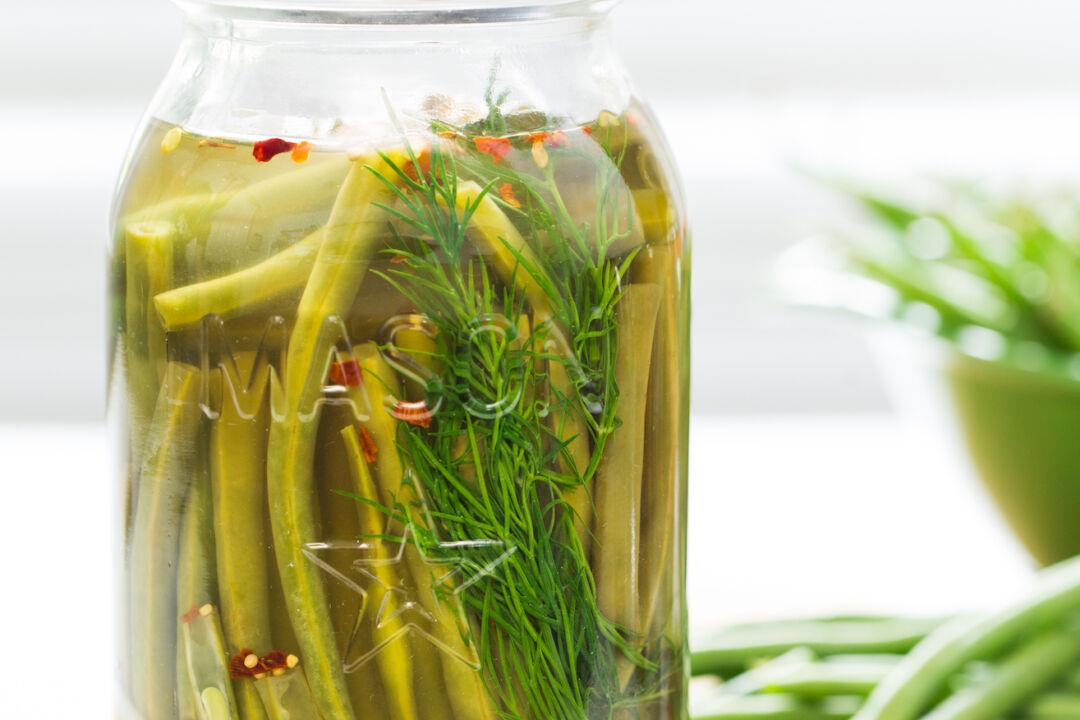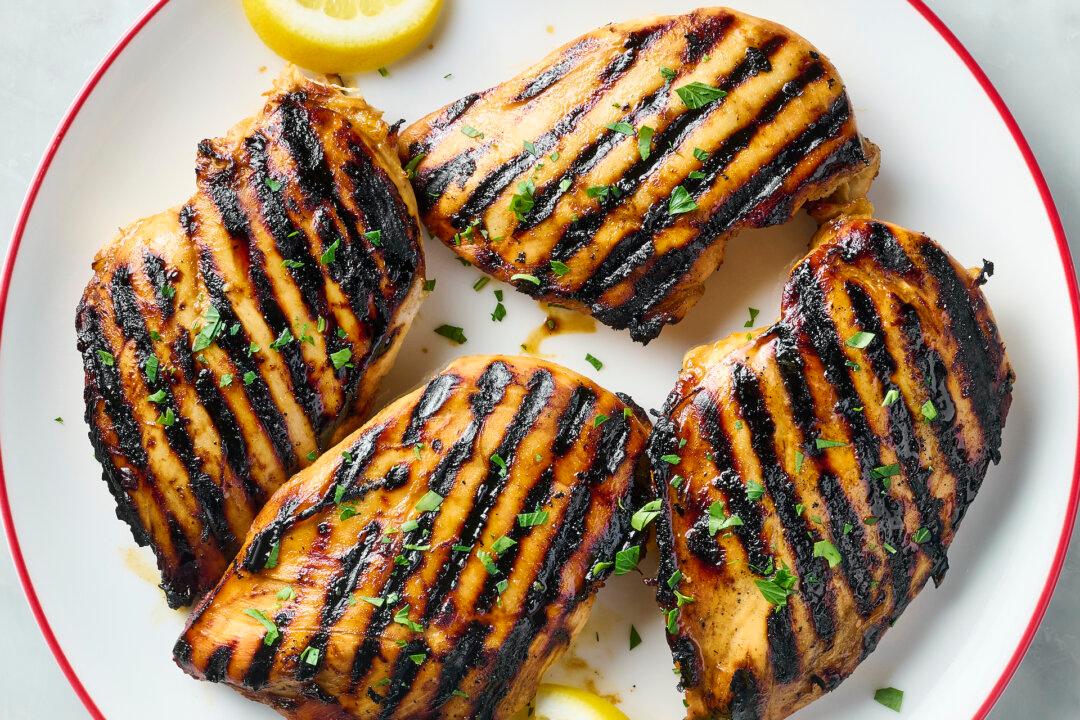My grandmother kept a tidy little vegetable garden outside her New England home. While she did a decent job of growing summer squash, cucumbers, and some tomatoes, her best results always came out of her snap bean plants.
This also meant my annual August trips to visit her were filled by snapping beans on her porch (a job reserved strictly for grandchildren) and putting jars of quick-pickled green beans in her refrigerator. She never taught me her recipes, but many years later I’ve mastered the art of turning fresh snap beans into tart dilly bean pickles.
Why You’ll Love It
- They’re quick-pickled. Quick pickles (or refrigerator pickles) are vegetables stored in a mixture of vinegar, water, salt, and sometimes sugar. After just a few days in the refrigerator, these quick-pickled dilly beans are ready to eat.
- They’re crisp and tangy. Because the dilly beans are quick-pickled, you’ll get to enjoy their crisp texture and bright, tangy flavor.
What Types of Beans are Best for Dilly Beans?
- Snap, string, or green beans. These are all terms used interchangeably to describe pole or bush beans that grow in the spring and early fall. These are the best beans to pickle for dilly beans.
- Yellow or purple string beans. Sometimes you can find yellow or purple hued beans at the market (although they will lose their purple hue when cooked).





